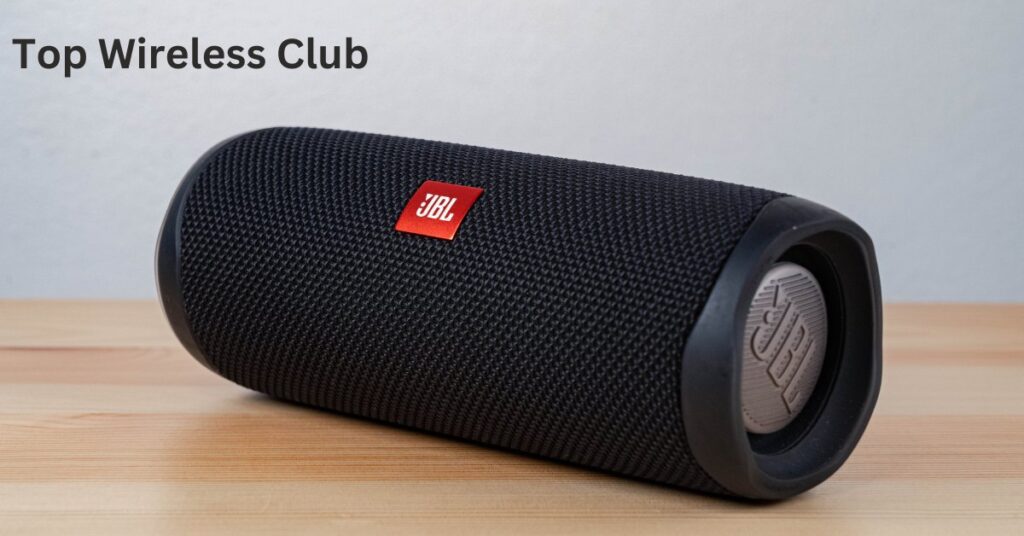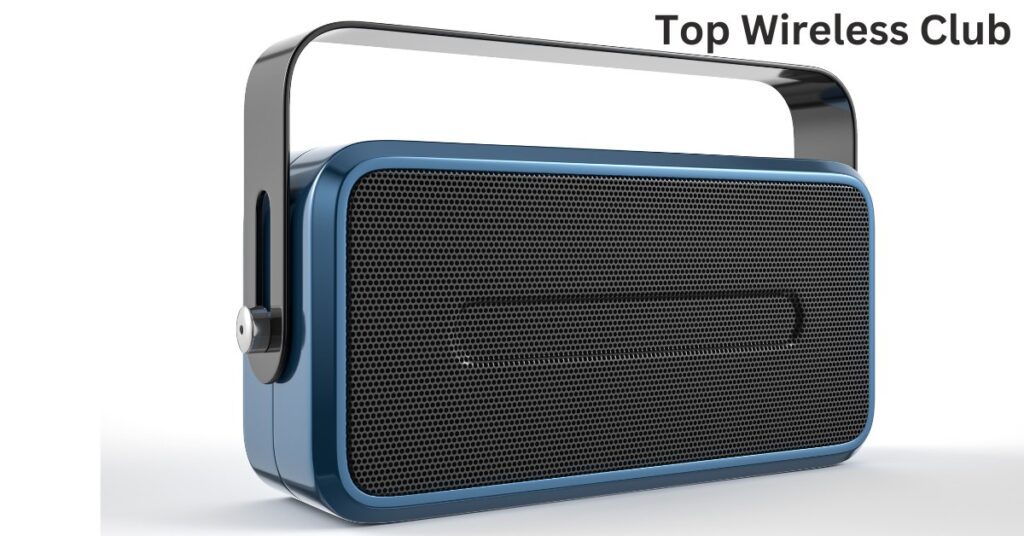Wireless speakers have become a staple in modern homes, offices, and public spaces. Their convenience and sleek design have lured many to ditch traditional wired setups. However, one common question remains: Do wireless speakers need power? In this comprehensive guide, we’ll dive into the intricacies of wireless speaker functionality, the power sources they rely on, the pros and cons of different power types, and how to optimize their use.

Understanding Wireless Speaker Technology
What Are Wireless Speakers?
Wireless speakers are audio playback devices that connect to a sound source via Bluetooth, Wi-Fi, or other wireless technologies. They eliminate the need for physical connections, offering flexibility and a cleaner setup.
How Do They Work?
Wireless speakers typically use short-range radio frequencies to communicate with the sound source. Bluetooth is the most common method, but some high-end models use Wi-Fi for a more extensive range and better sound quality.
Do Wireless Speakers Need Power?
The Quick Answer
Yes, wireless speakers need power to function. Despite eliminating the need for audio cables, these devices still require a power source to operate their internal components, such as amplifiers, wireless receivers, and speakers.
Types of Power Sources for Wireless Speakers
Battery-Powered Wireless Speakers
Battery-powered wireless speakers are top-rated due to their portability and ease of use. These speakers come with built-in rechargeable batteries that can last anywhere from a few hours to several days on a single charge, depending on usage and battery capacity.
- Advantages:
- Portability: This can be used anywhere, both indoors and outdoors.
- Flexibility: No need for a continuous power supply.
- Easy Setup: Pair with your device and go.
- Disadvantages:
- Battery Life: Limited playback time, depending on the battery size and usage.
- Charging Cycles: Batteries can degrade over time, reducing the maximum charge capacity.
AC-Powered Wireless Speakers
These speakers require a constant connection to a power outlet. They are ideal for home entertainment systems or fixed setups where portability is not a priority.
- Advantages:
- Unlimited Playback: Continuous power supply ensures uninterrupted use.
- Higher Power Output: Generally, larger and more powerful speakers for better sound quality.
- No Battery Degradation: Eliminates the issue of battery life degradation over time.
- Disadvantages:
- Limited Portability: Must be near a power outlet, impacting placement flexibility.
- Setup Complexity: Requires permanent installation, which can be cumbersome.
Choosing the Right Power Type for Your Needs
Portability vs. Performance
Battery-powered wireless speakers are your best bet if you value portability and convenience. They are ideal for casual listening and outdoor activities. However, AC-powered models offer superior performance if you prioritize sound quality and don’t need to move the speakers around often.
Usage Scenarios
- Home Use: AC-powered speakers are perfect for a fixed living room or home theatre setup.
- Outdoor Activities: Battery-powered speakers excel in portable scenarios like picnics, camping, and beach outings.
- Office Environments: This depends on the layout; portable models are used for dynamic spaces, and AC-powered ones are used for static setups.
Pros and Cons of Wireless Speakers
Pros
- No Cables: Eliminates the clutter and limitations of wired connections.
- Ease of Use: Simple connectivity, often with just a button press.
- Versatility: Can be moved and used in different locations easily.
- Modern Aesthetics: Sleek designs complement most contemporary interiors.
Cons
- Power Dependence: Requires either regular charging or a continuous power source.
- Signal Interference: Wireless signals may experience interference, affecting audio quality.
- Battery Maintenance: For battery-powered models, batteries can degrade and require eventual replacement.
How to Optimize the Use of Wireless Speakers
Maximizing Battery Life
- Charge Fully: Ensure your speakers are fully charged before use.
- Use Power-Saving Features: Many speakers have modes to reduce power consumption.
- Avoid High Volumes: Playing at maximum volume can quickly drain the battery.
Enhancing Audio Quality
- Proper Placement: Position your speakers for optimal sound distribution.
- Regular Updates: Keep your speaker firmware up-to-date to benefit from performance improvements.
- Minimize Interference: Avoid placing wireless speakers near other electronic devices that may cause signal interference.

Frequently Asked Questions (FAQs)
Can Wireless Speakers Operate Without Being Plugged In?
Battery-powered wireless speakers can operate without plugging in, making them highly versatile for portable use.
How Long Do Wireless Speaker Batteries Last?
Battery life varies by model and usage, but most wireless speakers offer 5 to 20 hours of playback time on a full charge.
Can I Use Wireless Speakers While Charging?
Many wireless speakers can be used while charging, but this may affect battery longevity over the long term.
Are There Solar-Powered Wireless Speakers?
Yes, solar-powered wireless speakers are available, ideal for outdoor use where traditional power sources are not accessible.
Do Wireless Speakers Work With All Devices?
Wireless speakers that use Bluetooth or Wi-Fi primarily work with most modern devices, including smartphones, tablets, and computers.
Conclusion
In short, while wireless speakers free you from the constraints of audio cables, they still require power to function through rechargeable batteries or direct AC power. Understanding the different power sources and how they align with your needs can help you make an informed decision. Whether you’re looking for portability or superior audio quality, a wireless speaker out there fits the bill. Happy listening!
Feel free to comment or contact us if you have any more questions!
